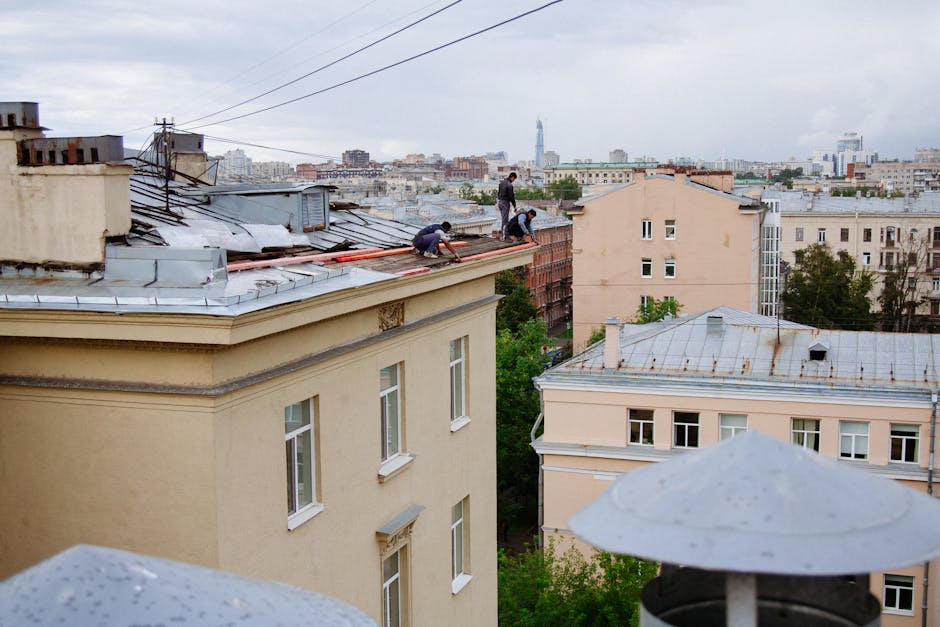 The Strategic Battle: Modern Approaches to Pest Eradication
The Strategic Battle: Modern Approaches to Pest Eradication
In the battle between humans and unwanted critters, effective pest control remains essential for maintaining healthy, comfortable living spaces.
Whether facing an invasion of ants in the kitchen, termites and common insects damaging structural foundations, or rodents making themselves at home in the attic, professional pest control services offer specialized solutions that go beyond DIY methods.
This comprehensive guide explores how residential pest control weatherford tx works, when to call the experts, and what to expect during the process.
Comprehending the Diversity in Pest Control Methodologies
commercial pest control weatherford tx has evolved significantly over recent decades.
Current methodologies highlight holistic dale’s pest control (IPM) protocols emphasizing extended prevention through nature-based solutions.
Rather than simply eliminating existing pests, these comprehensive strategies address the underlying conditions that attract and sustain pest populations.
A professionally designed pest elimination plan usually features exhaustive premises evaluation, accurate pest categorization, application of focused remedies, and preventive procedures.
Such methodical techniques guarantee superior, enduring outcomes compared to generalized treatment options.
Signs You Need Professional Intervention
Identifying appropriate moments for professional consultation potentially preserves resources, finances, and emotional wellbeing.
Critical signals encompass: persistent pest issues despite home remedies, apparent property destruction from wood-boring insects, excrement, especially rodent waste, strange noises within structural elements, moldy scents potentially signifying vermin presence, mysterious skin irritations or lesions.
Prompt action frequently stops small pest intrusions from escalating into significant complications.
Professional pest control services offer expertise in identifying pest species and determining the most effective treatment methods specific to your situation.
Anticipated Elements of an Expert Evaluation
Initial professional pest control procedures begin with thorough premises examination.
Technicians look for entry points, nesting sites, and conditions that might attract pests.
This investigation aids identification of pest varieties and infiltration magnitude.
Following inspection, you’ll receive a detailed analysis outlining: specific pest species identified, extent of the infestation, recommended treatment options, preventative measures to reduce future problems, cost estimates for services.
Such clarity enables educated choices regarding intervention techniques and scheduling.
Intervention Strategies and Technological Advancements
Modern pest control services employ various treatment methods depending on the specific pest and situation.
Synthetic Substance Applications
Though established insecticides still prove useful for particular scenarios, current mixtures demonstrate enhanced specificity and nature-friendly properties versus historical versions.
Trained technicians undergo education regarding appropriate application techniques, reducing dangers to people, animals, and advantageous creatures.
Organic Entity Management
This strategy integrates naturally occurring hunters or infectious agents to control invasive species quantities.
For example, certain nematodes effectively control grub populations in lawns without harming other organisms.
Physical Intervention Techniques
These physical solutions include traps, barriers, and exclusion techniques.
Commercial-caliber variations frequently show enhanced efficacy compared with household options, located tactically through professional experience.
Thermal Elimination Procedures
Especially potent against mattress parasites and specific timber-eating organisms, heat or cold applications eradicate vermin chemically-free through fatal temperature exposure.
The Importance of Continuous Safeguarding
Many pest control services offer regular maintenance programs that provide year-round protection.
Such planned appointments assist detecting emerging issues prior to developing into major invasions.
Specialists observe formerly remediated zones, discover emerging problems, and sustain defensive perimeters surrounding premises.
Planned service appointments generally adhere to weather-related cycles, tackling various vermin challenges across different seasons.
For example, spring visits might focus on emerging ant populations and termite swarms, while fall inspections address rodents seeking winter shelter.
Environmental and Health Considerations
Contemporary pest elimination prioritizes reducing ecological footprints alongside successfully managing unwanted organisms.
Respected providers implement holistic pest regulation standards that: concentrate on individual pest varieties rather than general insecticide usage, deploy minimum-toxicity successful approaches, administer accurate solution quantities exclusively where essential, stress preventative measures for minimizing chemical requirements.
Several establishments presently feature earth-conscious or biological choices for ecologically aware customers, employing vegetation-derived formulations and benign procedures when achievable.
Choosing the Ideal Pest Management Partner
While choosing pest management companies, evaluate these elements: appropriate governmental permissions and qualifications, familiarity with your particular pest challenges, clear cost structures with comprehensive service contracts, understanding of regional pest tendencies and activities, affirmative customer feedback and endorsements, assurances or pledges regarding interventions. Contact a specialist for more information.
Maximally successful pest control partnerships feature candid dialogue and teamwork linking property owners with specialists.
Via joint endeavors confronting underlying circumstances and instituting protective strategies, lasting pest elimination develops enhanced efficacy and permanence.
With professional expertise, innovative techniques, and a commitment to responsible practices, modern pest control services provide effective solutions for maintaining pest-free environments while protecting human health and environmental quality.
 Mastering the Essentials: Your Guide to HVAC Maintenance and Repair
Mastering the Essentials: Your Guide to HVAC Maintenance and Repair The Strategic Battle: Modern Approaches to Pest Eradication
The Strategic Battle: Modern Approaches to Pest Eradication Septic Tank Pumping Specialists: Guaranteeing Your System Functions Smoothly
Septic Tank Pumping Specialists: Guaranteeing Your System Functions Smoothly Evaluate Small Roof Covering Fixing Service Providers
Evaluate Small Roof Covering Fixing Service Providers Small Roof Repairs: Should You DIY or Hire a Contractor?
Small Roof Repairs: Should You DIY or Hire a Contractor? The Pros and Cons of Popular Types of Roofs: What You Need to Know
The Pros and Cons of Popular Types of Roofs: What You Need to Know